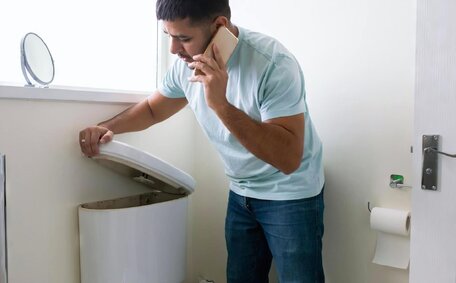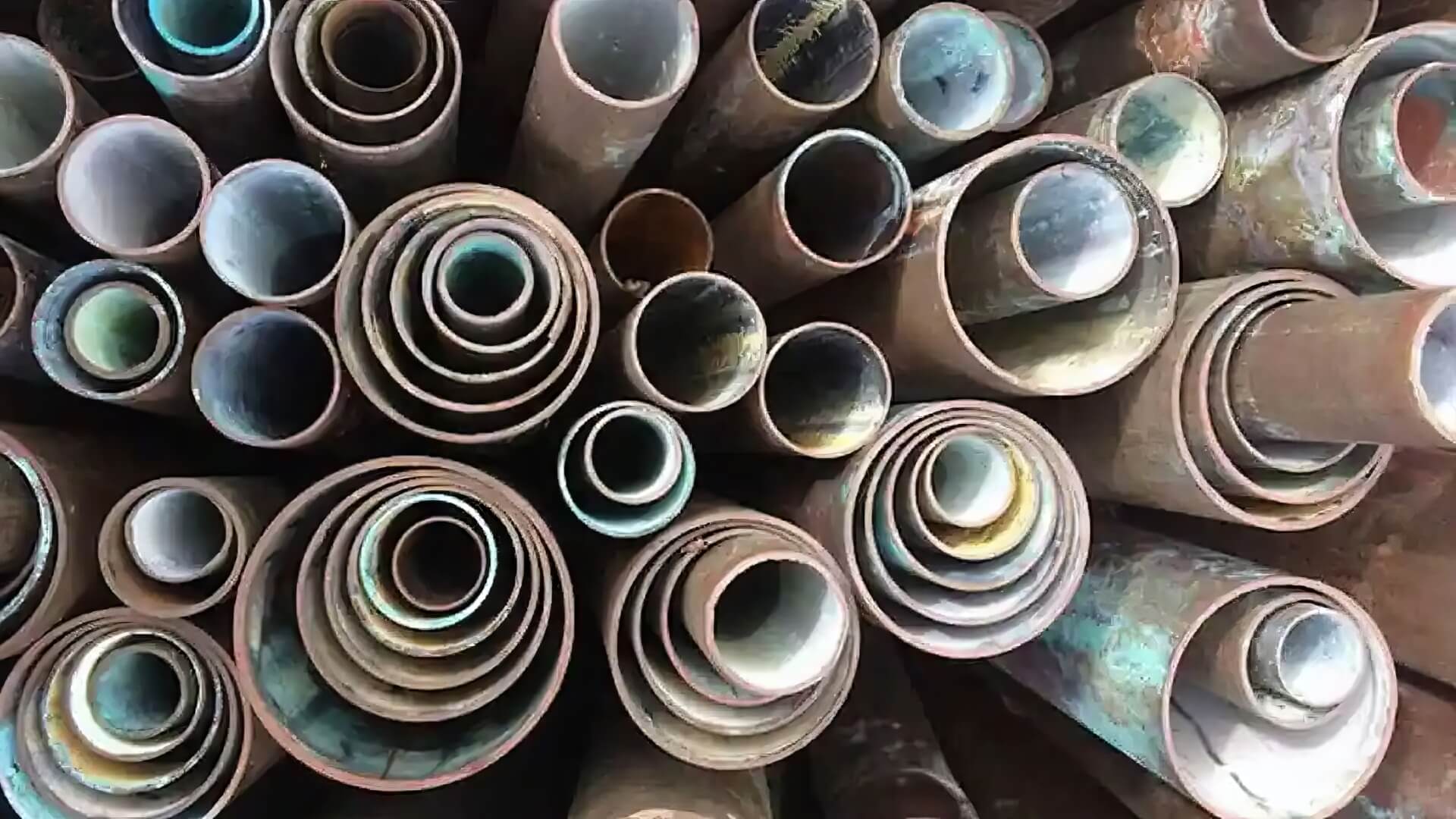
10 Signs Your Hot Water Heater Will Fail
If your water heater is old, leaking, rusty, noisy, not heating water properly or has low pressure, it could fail soon. Get your hot water system inspected today.
Read MorePipe relining, a trenchless method for repairing pipes in sewer lines, drains, or water systems, involves inserting an epoxy resin liner into the existing pipeline. The liner is cured in place using heat or UV light, creating a robust, seamless new pipe within the existing infrastructure of your home’s sewer system.
The key steps in the pipe relining process are:
Drain pipe relining offers an efficient 'no-dig’ solution for sewer line repairs, renewing pipes without the need for excavation and replacement. This method minimises disruption to your home’s interior and landscape, simplifying pipe repairs. With epoxy liners lasting over 50 years, the value of pipe relining is clear, as these relined pipes typically outlive replaced pipes.
When comparing pipe relining with replacement, relining offers significant benefits to customers:
Considering these advantages, pipe relining stands out as a superior solution for addressing pipe deterioration and leaks within homes.
To confirm the optimal function of your newly relined sewer pipes, consider the following pointers:
If you detect reduced water flow, backups or leaks, engage with the plumbing company that undertook the relining, akin to the time when I called them to address these concerns, to remedy any existing problems.
Homeowners can conduct basic water flow and pressure tests on recently relined pipes as soon as they came out to check if they are working properly. This involves:
Significant, new reductions in flow or pressure after pipe relining may reveal issues, in line with what he uncovered during inspections. Professionals use precise gauges to measure flow and pressure, identifying any related issues with accuracy and expertise.
To check for leaks in recently relined pipes, conduct the following visual inspection:
Quickly detecting leaks is essential for preventing water damage and ensuring the longevity of your relined pipes. Even minor drips should be repaired right away before turning major. Catching issues now preserves your pipe investment for decades to come.
CCTV drain inspections are a vital step post-relining to identify blockages and assess liner integrity, a process which our technicians conduct with professionalism.
Our drain relining team performs thorough inspections of the relined pipes with specialised drain cameras. This enables the assessment of the sewer pipe’s integrity:
CCTV inspections are non-invasive and allow for a comprehensive observation of the full interior condition of your home’s sewer system. Any defects spotted, repairs can then be conducted immediately which can be conducted immediately before causing disruption. This pipe repair strategy plays a vital role in realising the decades-long lifespan of quality relining work.
It’s advisable to schedule a CCTV drain inspection every 2 to 3 years following relining, as this helps detect any early signs of issues.
One of the biggest advantages of pipe relining is the exceptional durability and longevity of the epoxy liners used, ensuring the piping infrastructure in my house remains robust. Quality pipe lining is designed to last 50 years or more with minimal maintenance required.
Unlike conventional piping arrangements, relined pipes possess no joints or spaces where leaks or tree root intrusions might take place, preserving the integrity of the new hot water system installed in my house. The seamless epoxy barrier is highly resistant to corrosion and abrasion from water flow or pipe movements.
Over decades, relined pipes demonstrate how effective they are in maintaining smooth water delivery and drainage without recurrent clogs or leaks. The solid liners prevent buildup and debris accumulation, reducing the need for servicing.
Homeowners benefit greatly from professionally executed pipe relining and curing, ensuring that pipes maintain optimal function throughout the home’s lifespan. This longevity marks pipe relining as a definitive solution to pipe degradation.
There are a few key times homeowners should reach out to professional plumbers after pipe relining:
For significant or complex issues, or when DIY methods are inadequate, our expert plumbing services at Mortdale Plumbing are well-suited to evaluate and address relined piping systems. Please email us at jobs@mortdaleplumbingservices.com.au or call 1300 349 338 to schedule an appointment with our licenced technicians.
Engaging with our great service quickly for suspected issues in relined pipes prevents expensive water damage and protects your investment in trenchless pipe renewal.
If your water heater is old, leaking, rusty, noisy, not heating water properly or has low pressure, it could fail soon. Get your hot water system inspected today.
Read MoreIf you have plumbing fixtures that are over 10 years old or showing signs of wear like leaks and cracks, it’s important to replace them to prevent more costly water damage in the future. Replacing worn fixtures improves water efficiency.
Read MorePipe relining is a trenchless method that renews pipes from the inside out. It involves draining, drying and scrubbing the pipe interiors before applying materials like silicone, PMMA or epoxy resins to create a resilient, soft, temporary liner inside the existing pipes.
Read MoreMortdale, 2223 NSW
We will call back as soon as possible.




